
Bridal bouquets hold a significant place in wedding traditions and aesthetics, symbolizing love, beauty, and the individuality of the bride. Throughout history, the choice of floral arrangements has evolved, reflecting changing tastes and cultural practices. Initially, brides carried bouquets made from various herbs and flowers, believed to ward off evil spirits and bring good fortune. Today, these arrangements are more than mere accessories; they embody personal expression and style, making them a focal point of the wedding ceremony.
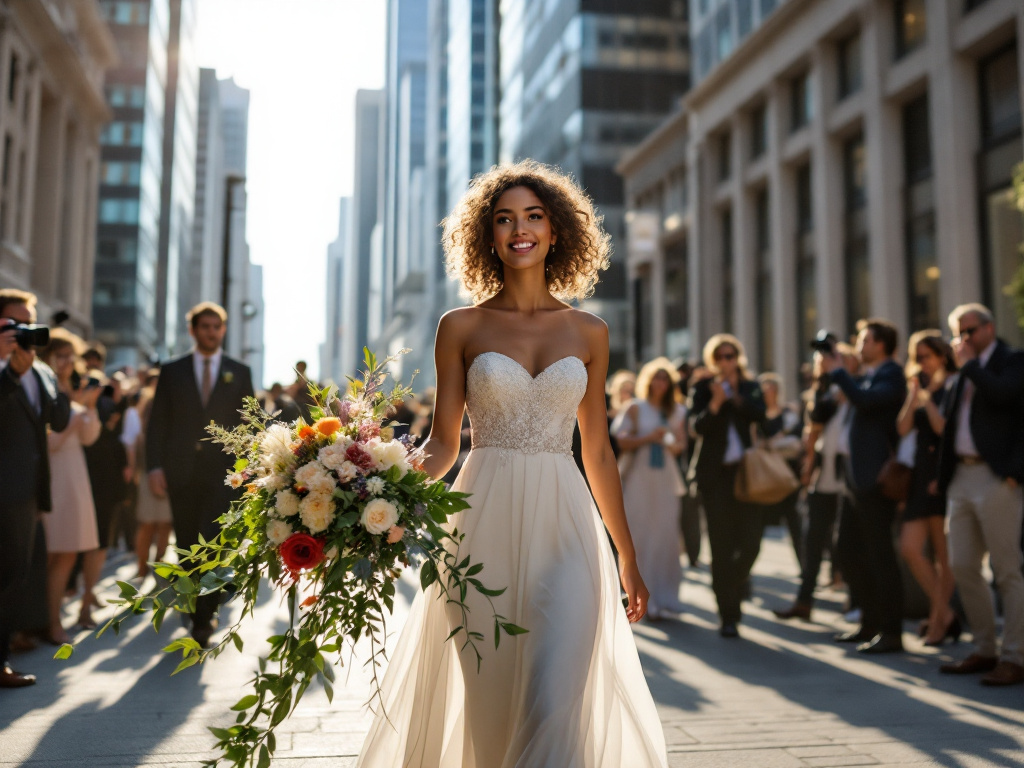
As weddings have transitioned from traditional ceremonies to more personalized celebrations, bridal bouquets have adapted to mirror the tastes and personalities of couples. This evolution includes an array of styles, from classic arrangements to modern interpretations that can be completely unique. Brides often select bouquets based not only on aesthetic appeal but also on the sentimental value of the flowers chosen. Each blossom may carry its own significance, adding layers of meaning to the overall composition.
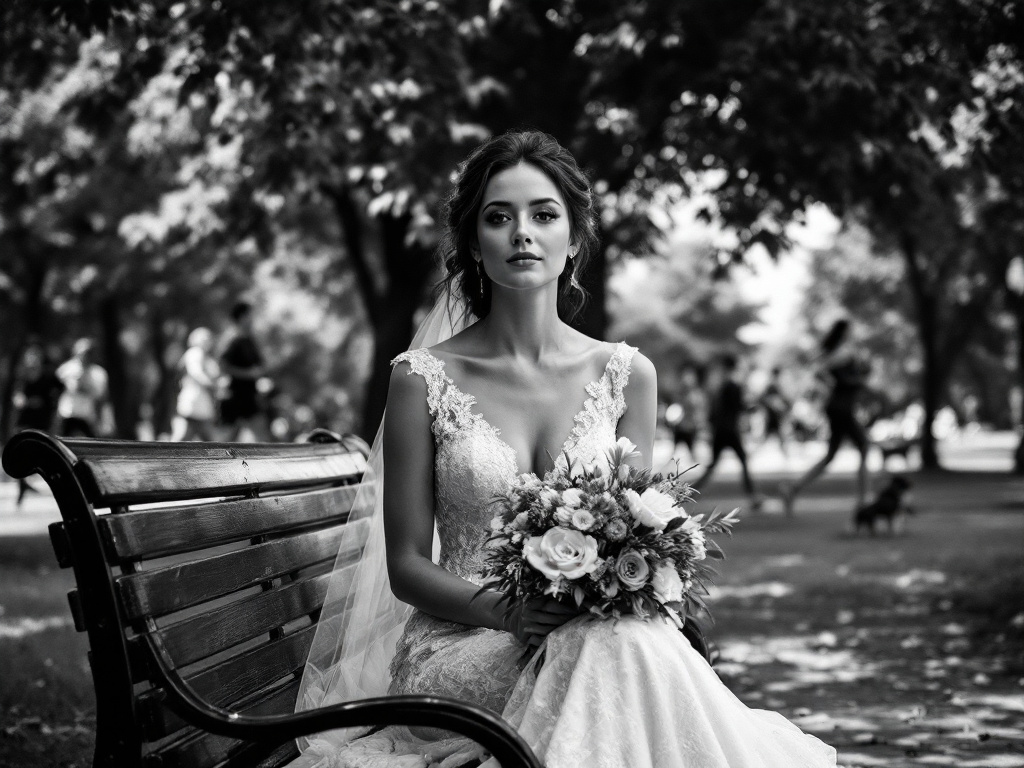
The role of bridal bouquets extends beyond visual appeal; they also contribute to the overall theme and ambiance of the wedding. Whether a bride opts for a cascading arrangement that suggests elegance and romance or a posy style that offers a more casual and playful feel, the bouquet is an integral part of the ensemble. Furthermore, it can serve as a statement about the bride’s preferences and style, often harmonizing with the color palette and floral decor of the event.
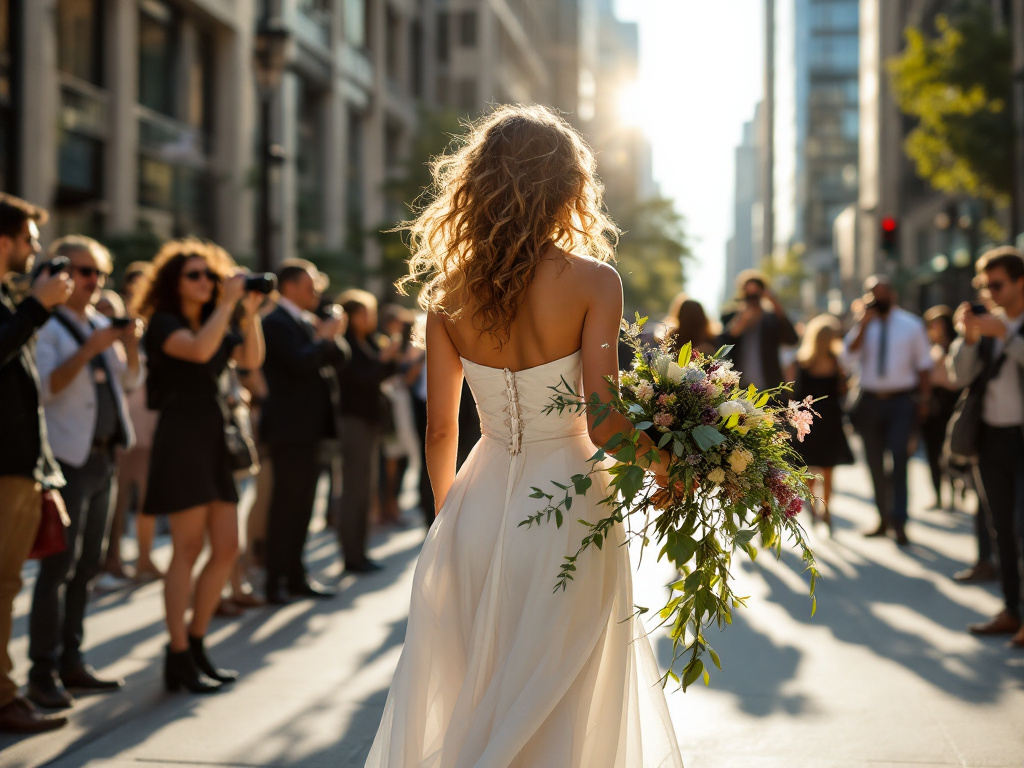
This article will delve into the myriad styles of bridal bouquets, exploring the nuances and characteristics that define each type. Understanding these styles can help brides make informed decisions when selecting the perfect bouquet for their special day, ensuring that it resonates with their personal narrative and enhances the overall atmosphere of the celebration.
Cascading Bouquets: A Flowing Elegance
Cascading bouquets are renowned for their dramatic and flowing appearance, often evoking the sense of a waterfall spilling forth with vibrant blooms. This style of bouquet typically features a combination of flowers, greenery, and accents that create a stunning, tiered silhouette. Common choices for flowers in cascading arrangements include lilies, roses, orchids, and trailing vines such as ivy or string-of-pearls. These selections not only contribute to the overall elegance of the bouquet but also enhance its volumetric visual appeal.

The design of cascading bouquets is often favored by brides seeking a romantic and opulent aesthetic for their wedding day. This bouquet style complements a variety of bridal looks—from classic to modern—making it a versatile choice for different body types and wedding themes. For brides with a structured ball gown, a cascading bouquet adds dimension and movement, while for those wearing a more fitted silhouette, the cascading effect softens the look, creating an elegant frame.
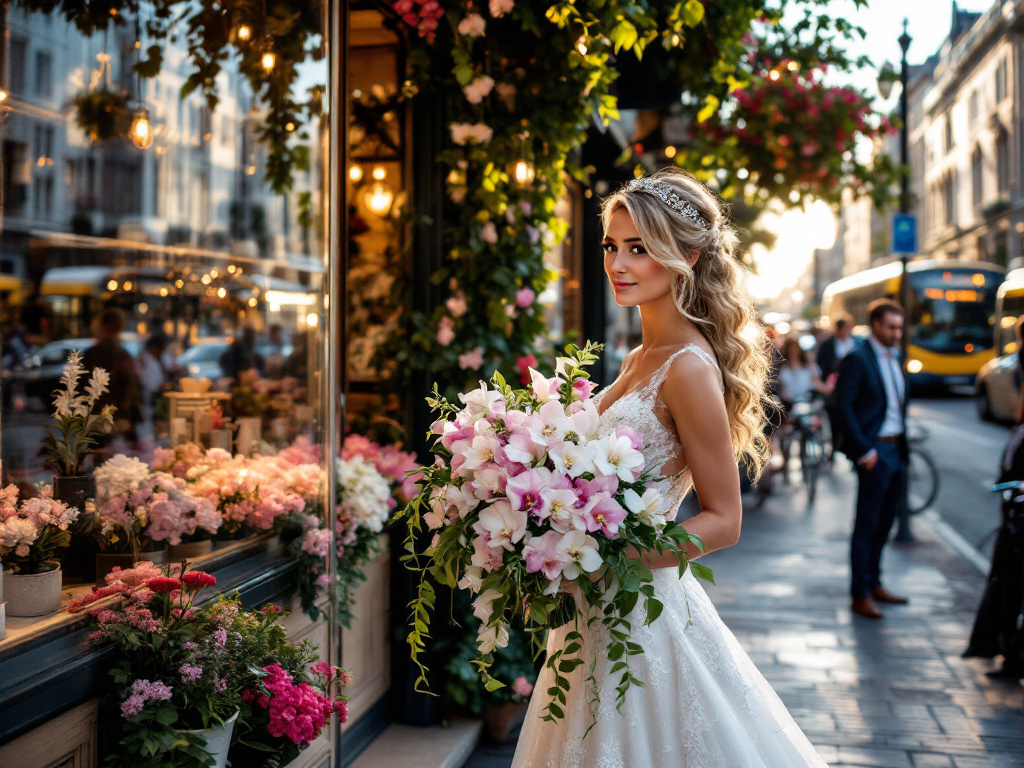
Historically, cascading bouquets have their roots in Victorian bridal traditions, where they symbolized romance and wealth. As wedding designs evolved, the cascading bouquet became intertwined with formal wedding ceremonies, often seen in grand venues and opulent settings. The full, lush nature of cascading arrangements serves to heighten the grandiosity of these events, making them particularly suitable for formal weddings. The artistry involved in crafting a cascading bouquet allows for personal expression, with a stunning array of color palettes and floral combinations that reflect the bride’s tastes.
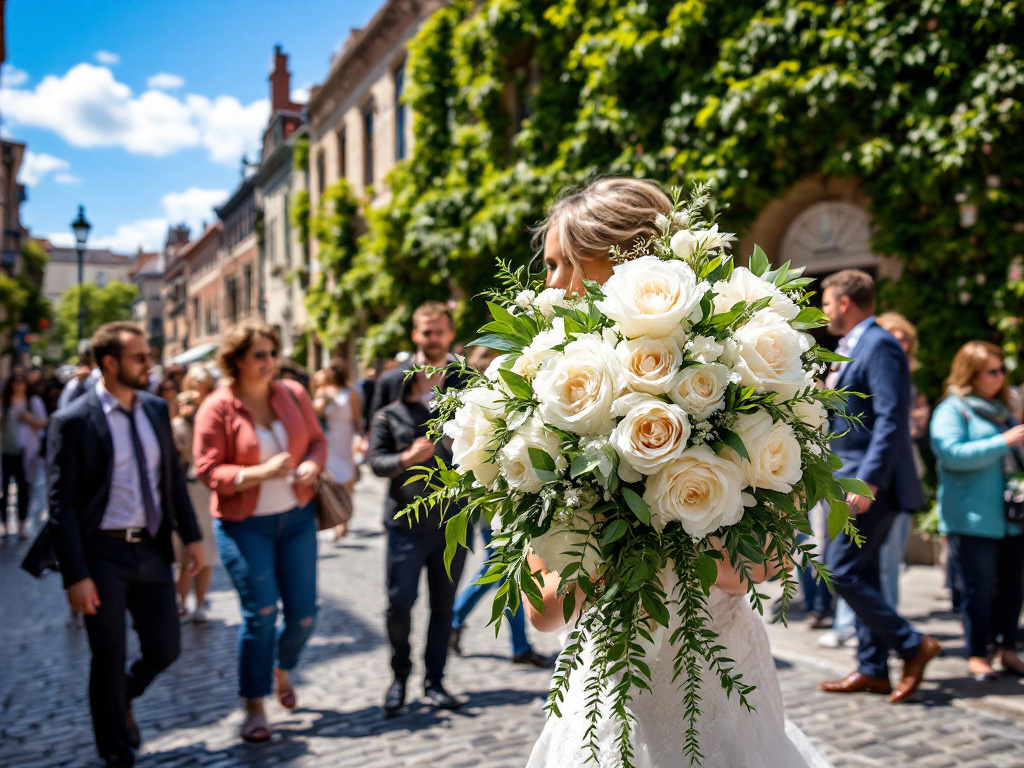
In essence, cascading bouquets represent not only floral beauty but also a cherished tradition in bridal fashion, combining elegance with nature’s charm. Their flowing design continues to captivate brides-to-be, ensuring they remain a timeless choice for weddings across generations.
Posy Bouquets: Simple and Charming
Posy bouquets epitomize simplicity and charm, making them a favored choice among brides for weddings of all styles. Characterized by their compact, round shape, these bouquets are traditionally composed of a variety of flowers that can create a vivid pop of color or a subtle, elegant palette. Commonly used blooms in posy bouquets include roses, peonies, hydrangeas, and lilies, which lend themselves to a multitude of themes, from classic to rustic. The inherent versatility of posy bouquets allows them to resonate beautifully within different wedding atmospheres, whether in an outdoor garden or an intimate indoor setting.
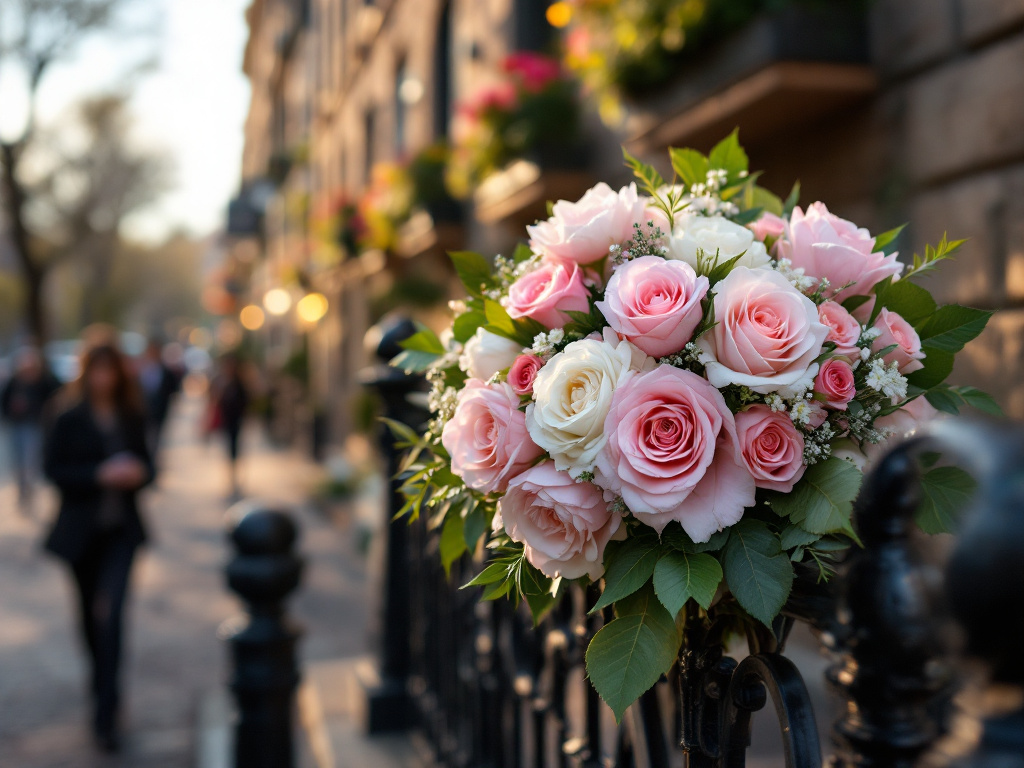
The elegance of a posy bouquet lends itself well to complementing a bride’s attire. The rounded structure can balance out various gown styles, whether a flowing A-line or a fitted mermaid silhouette. Additionally, posy bouquets are easily manageable, which is a practical consideration for brides and bridesmaids alike. With their size and shape, they can be held comfortably throughout the wedding day, allowing for ease of movement and posing during key moments such as the ceremony and photographs.
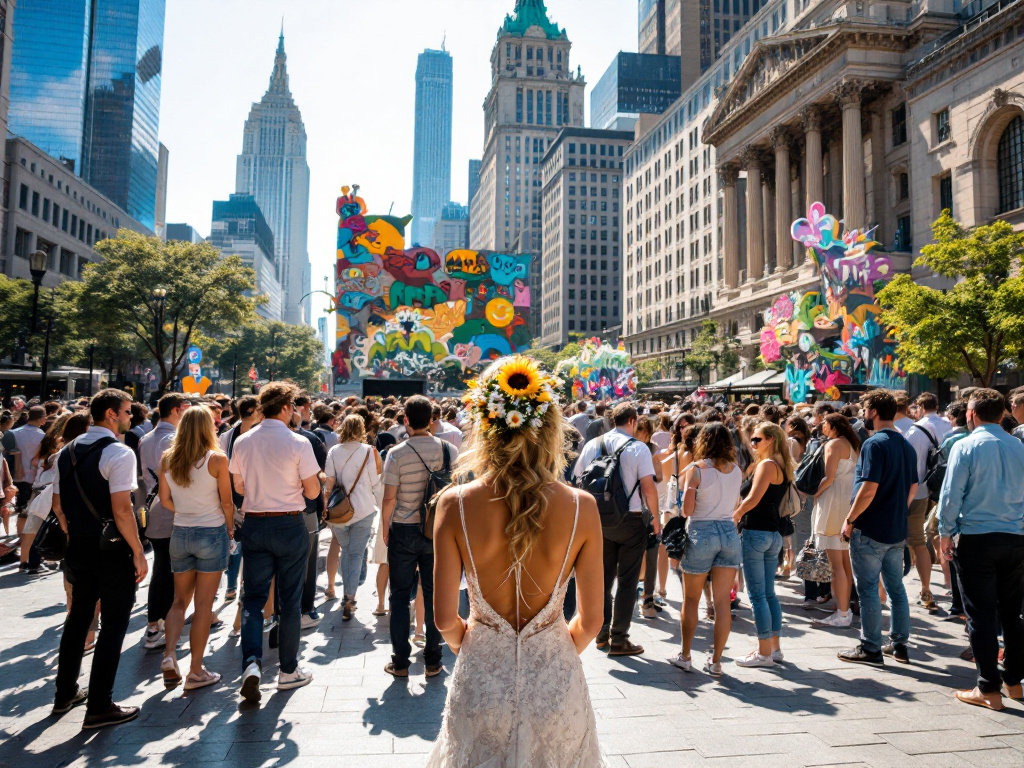
This bouquet style not only serves aesthetic purposes but also embodies emotional significance, as it can be customized to reflect personal preferences through flower choices, colors, and even the scent. Many brides choose to coordinate their posy bouquets with their wedding color palette, further personalizing the experience. Furthermore, they can be easily replicated for bridesmaids, allowing for a cohesive look without compromising individuality. Indeed, posy bouquets capture the essence of modern bridal elegance, merging beauty and practicality in one stunning arrangement.
Other Popular Bouquet Styles: A Brief Overview
In addition to cascades and posies, several other bridal bouquet styles are favored by brides seeking to complement their wedding theme and personal style. One popular option is the hand-tied bouquet. Known for its effortless elegance, this style involves gathering the flowers and stems and simply tying them together with ribbon or twine. Hand-tied bouquets are versatile and can be made with various flower types, making them suitable for both formal and casual weddings. Their natural aesthetic is especially popular for garden and outdoor ceremonies.
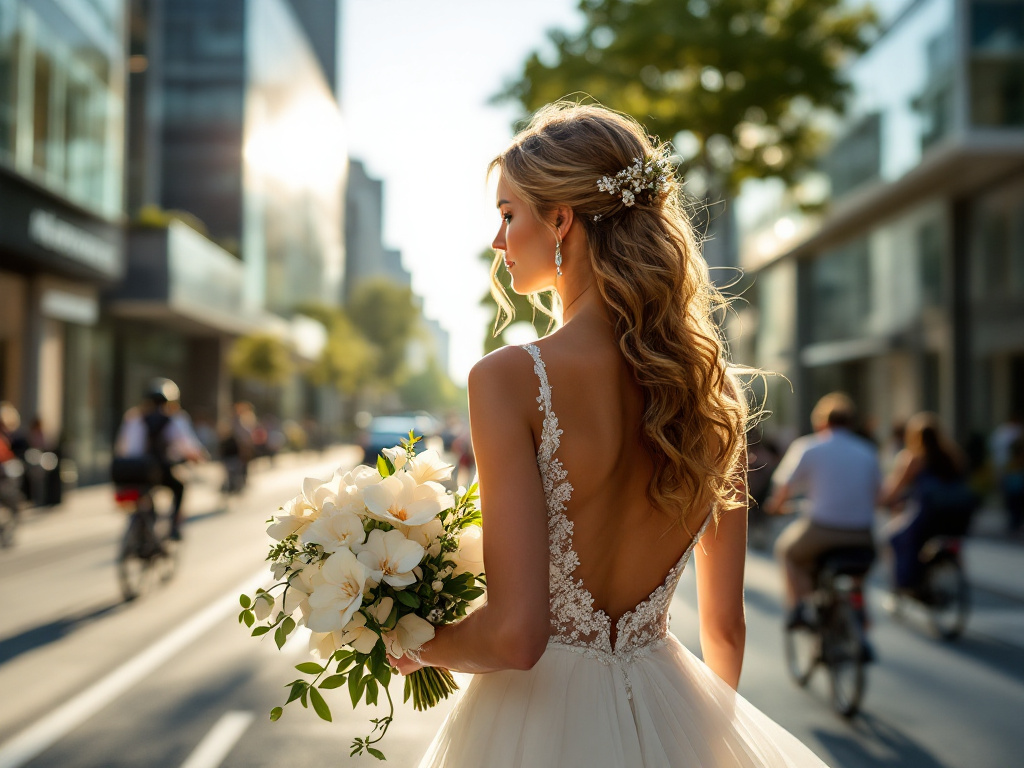
Another noteworthy style is the arm sheaf bouquet, which is typically longer and more elongated than other bouquets. This type involves a single large cluster of flowers that is designed to lie alongside the arm, providing a striking silhouette. The arm sheaf bouquet adds a touch of drama and sophistication, making it an excellent choice for black-tie weddings or formal evening events. It often features larger blooms and bold foliage, enhancing its visual impact.
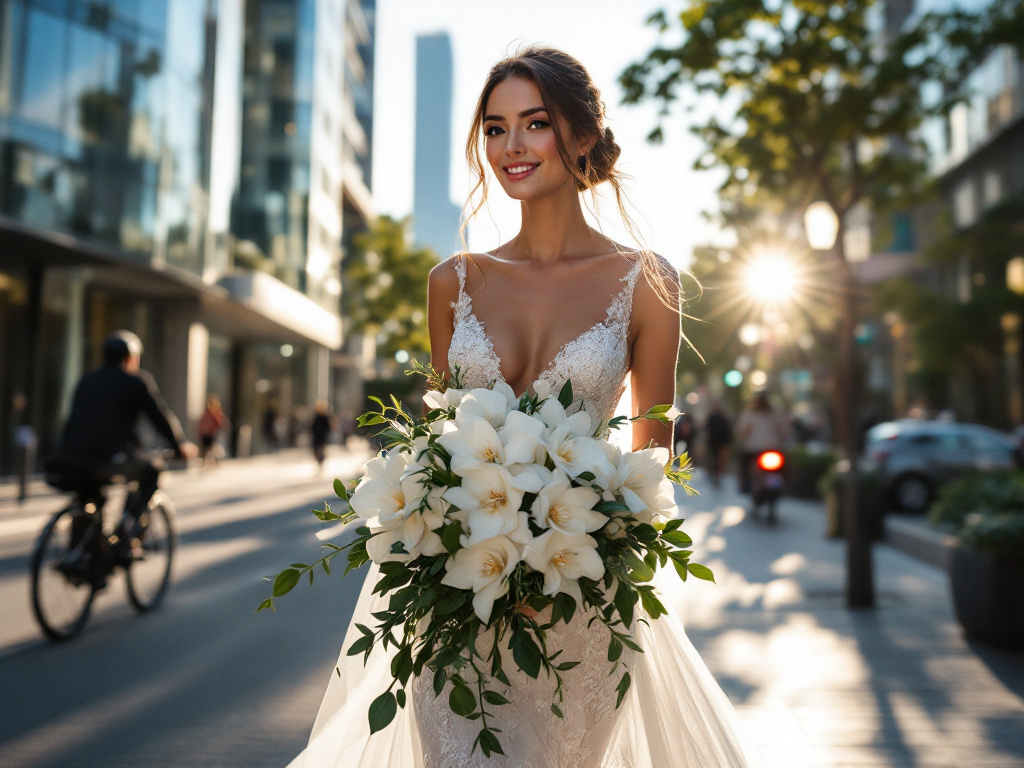
The nosegay bouquet, characterized by its compact and round shape, offers a more quaint and charming alternative. Traditionally used by brides in the Victorian era, nosegays are composed of petite flowers and greenery arranged closely together. This style is ideal for intimate weddings or vintage-themed celebrations, where a romantic and understated look is desired. Its smaller size also makes it suitable for bridesmaids or flower girls, allowing for a cohesive floral design without overshadowing the bride’s bouquet.
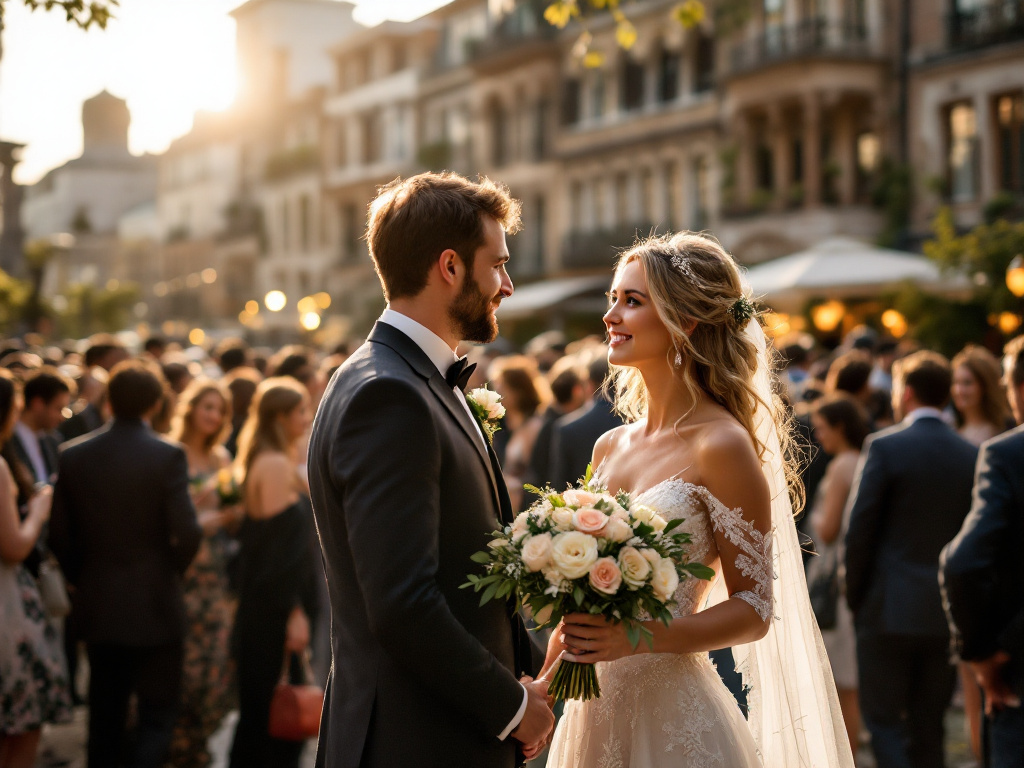
Exploring these diverse bouquet styles provides brides-to-be with a range of options that can enhance their wedding day aesthetic. Whether leaning toward a casual hand-tied arrangement or an extravagant arm sheaf, each style serves to showcase the beauty of flowers while reflecting the unique essence of the celebration.
